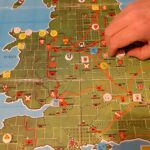 These days, it seems most people play games online. Me? I’m a bit old-school. I prefer board games. There is something special about sharing the fun while sitting around the table with friends and family. And, you may even learn something as you play.
These days, it seems most people play games online. Me? I’m a bit old-school. I prefer board games. There is something special about sharing the fun while sitting around the table with friends and family. And, you may even learn something as you play.
This week, we are visiting our son and his wife in England. On one stormy, dreary day, we pulled the game, King Maker, from the shelves and set out to conquer castles and bring about an end to the War of the Roses. The game is based on the 15th century battles for the throne of England between the Houses of York and Lancaster. Our family has played this game off and on over the years, and I think it is safe to say I learned much of my knowledge of English geography from playing it.
So, it was great fun the next day to explore Skipton Castle, home of the Clifford family, one of the major participants in the struggle, and one of the nobles in the game. There has been a castle on this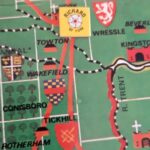 site since 1090, when Baron Robert de Romille built the original wooden structure surrounded by earthen ramparts on a steep hillside. This motte and bailey structure stood until 1102 when King Henry I expanded de Romille’s lands. The early castle provided little defense against the rampaging Scots and shortly thereafter, the castle walls, in addition to the earthen embankments, were replaced with stone to defend against the threat of further Scottish invasions. The steep cliffs behind the castle created a perfect defense.
site since 1090, when Baron Robert de Romille built the original wooden structure surrounded by earthen ramparts on a steep hillside. This motte and bailey structure stood until 1102 when King Henry I expanded de Romille’s lands. The early castle provided little defense against the rampaging Scots and shortly thereafter, the castle walls, in addition to the earthen embankments, were replaced with stone to defend against the threat of further Scottish invasions. The steep cliffs behind the castle created a perfect defense.
When the de Romille line died out in 1310, Edward II granted the lands to Robert Clifford, bestowing on him the title of Lord Clifford of Skipton, Guardian of Craven. His skills as a soldier earned him the additional title of Lord Warden of the Marches. Lord Robert immediately began making improvements to the castle. However, he was killed at the Battle of Bannockburn in 1314, and much of his grand designs for defense were never completed.
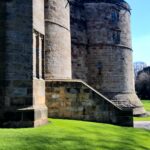 Lord Robert’s son, Roger inherited the castle and continued the fortifications started by his father. During the Great Raid of 1322, the castle was attacked by the Scots but withstood the onslaught and suffered little damage. Shortly thereafter, Lord Clifford took part in the Siege of Tickhill in a rebellion against King Edward II where he sustained severe injuries and was forced to surrender. He was condemned to death and his titles forfeited. Eventually, in 1327, his lands were restored to his younger brother, Robert, who became the 3rd Lord of Skipton.
Lord Robert’s son, Roger inherited the castle and continued the fortifications started by his father. During the Great Raid of 1322, the castle was attacked by the Scots but withstood the onslaught and suffered little damage. Shortly thereafter, Lord Clifford took part in the Siege of Tickhill in a rebellion against King Edward II where he sustained severe injuries and was forced to surrender. He was condemned to death and his titles forfeited. Eventually, in 1327, his lands were restored to his younger brother, Robert, who became the 3rd Lord of Skipton.
Life went on at the castle over the next few generations with the household supporting England in her wars with the French until the fight for the crown between the houses of York and Lancaster, two branches of the Plantagenet family, began. Known as the Wars of the Roses, this series of battles occurred over the thirty-two years between 1455-1487. The emblem of each house was a rose; white for York, red for Lancaster. Both sides claimed descent to the throne through Edward III.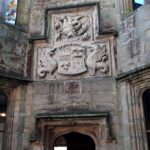
Over time, the Clifford family grew to be one of the most prominent in northern England. The baron during that period was Lord John, born in 1435, the 9th Baron Clifford . As a proven Lancastrian military leader, Lord John joined their traditional allies, the mighty Percy family, against the Nevilles who supported the Yorkists. When the young lord was twenty, his father, Thomas, had been killed by Yorkists at the first Battle of St Albans, and life had changed for the new baron. It is probably for this reason he offered his full support to Margaret of Anjou, wife of King Henry VI. Lord John was underage at the time and did not receive his lands and titles until June of 1456.
By 1459, the Cliffords were fully involved in the fight for the throne when once again conflict erupted. The family took the side of King Henry and Queen Margaret and received a share of the Yorkists’ lands when they were placed in exile. However, in 1460, the House of York returned and defeated a royal army at Northampton. As a result of this, Clifford was ordered to surrender the offices taken from the Nevilles, though it appears unlikely that Lord John did so. In December of that year, Clifford’s slaying of Edmund, the seventeen-year-old brother of the future King Edward IV made him notorious and most likely may have been the origin of his nickname ‘Butcher Clifford’.
In the following year, Lord John joined the march south where he was wounded at the 2nd Battle of St Albans. While Richard, Earl of Warwick defeated the Lancastrians at the Battle of Towton on 29 March 1461, Clifford was not there. He’d been slain in a skirmish with an advance party of Yorkists the day before.
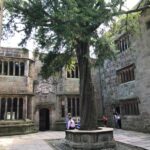 Lord John’s son, Henry was but five years old and was spirited away by his mother. It was said he was raised living a pastoral life earning him the nickname ‘shepherd lord’. However, his name is found on charters signed by Lord Henry within a few years of his father’s death. The Cliffords received an official pardon by King Edward in 1472. The Yorkist regime came to an end when Henry Tudor defeated Richard III at the Battle of Bosworth Field in 1485. The Clifford family’s service in controlling the North of England as loyal servants of the Tudors began.
Lord John’s son, Henry was but five years old and was spirited away by his mother. It was said he was raised living a pastoral life earning him the nickname ‘shepherd lord’. However, his name is found on charters signed by Lord Henry within a few years of his father’s death. The Cliffords received an official pardon by King Edward in 1472. The Yorkist regime came to an end when Henry Tudor defeated Richard III at the Battle of Bosworth Field in 1485. The Clifford family’s service in controlling the North of England as loyal servants of the Tudors began.
During the English Civil War (1642-1651), Skipton was the only remaining Royalist stronghold in the north after withstanding a three-year siege. Legend has it that the residents of the castle lined the walls with sheep fleeces dulling the impact of the cannon balls. Today a fleece is featured prominently on Skipton’s coat of arms. Eventually, in 1645, peace was negotiated with Oliver Cromwell. As a slap in the face, however, Cromwell ordered all the roofs be burnt as he departed. Following the war, Lady Anne initiated repairs and planted a yew tree in the courtyard. Skipton castle remained the primary residence of the Clifford family until her death in 1676.
And our game, you ask? My daughter-in-law, Claire, soundly defeated the rest of us. Great fun!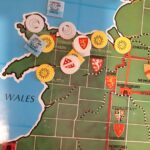
.
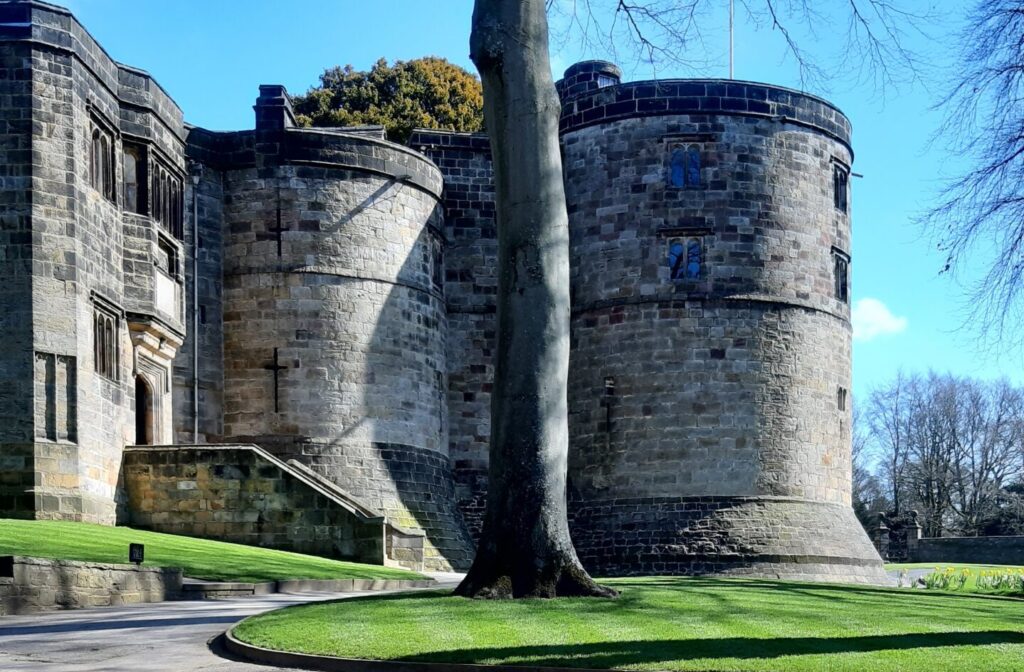
Another great article. Always informative. Thanks again for being a little education to us.
I find it fun to share these little nuggets. Thanks!